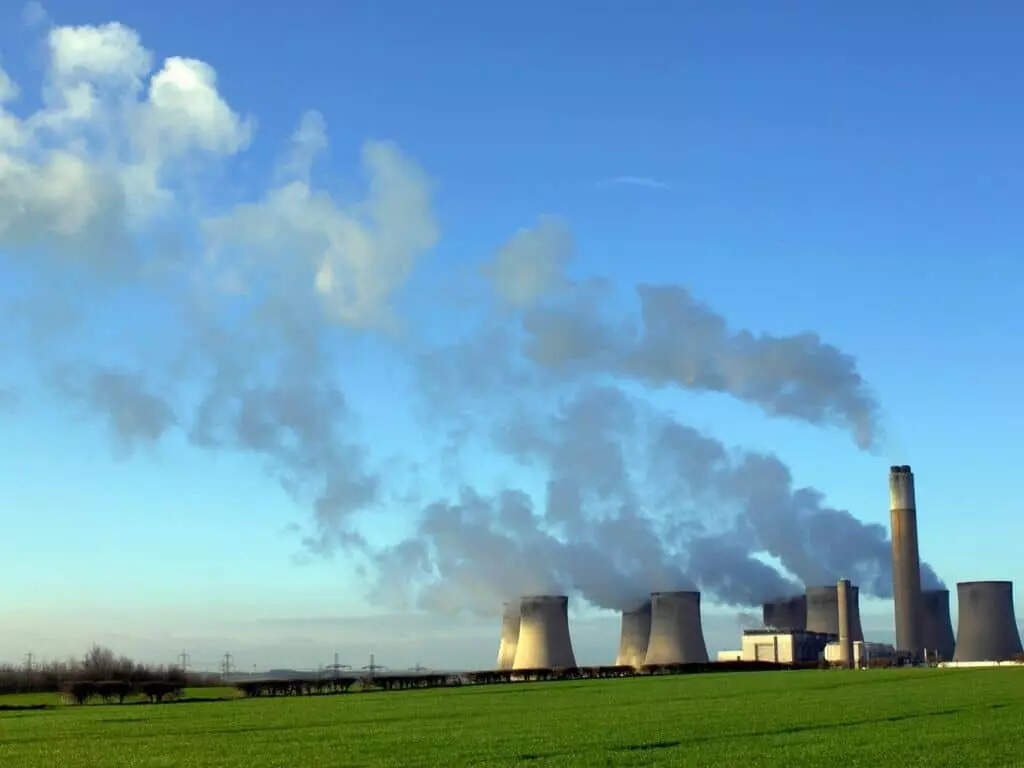
Canadian Prime Minister Justin Trudeau has had a busy spring unveiling plans to help cut the country’s greenhouse gas emissions by 40-45% from 2005 levels by 2030. His government took its latest step on June 8, establishing the first part of a national carbon credit market.
Here is a look at major steps Canada has taken and is planning.
HOW DO CREDITS WORK?
Canada is establishing a national credit system to award credits to municipal garbage dumps, foresters, farmers, indigenous communities and carbon capture facilities for cutting emissions. Heavy industrial polluters and other companies can buy the credits to offset their emissions.
Some environmental groups have criticized the system, saying polluters could just buy credits to avoid cutting their emissions.
There are already offset credit systems in place in the provinces of British Columbia, Alberta and Quebec, with another federal credit system planned in connection with the upcoming Clean Fuel Standard regulation. Projects cannot receive credits under both the new national system and other systems, a spokesperson for the Canadian environment ministry said.
WHAT IS CANADA DOING ABOUT EMISSIONS?
Canada accounts for 1.5% of global emissions, according to data platform Climate Watch, charges C$50 per tonne of carbon, with the tax rising to C$170 by 2030. The government pays consumers a rebate for the tax on fuel.
Polluters can buy credits or cut emissions to manage costs.
Canada also aims to cut methane emissions from the oil and gas sector by 75% from 2012 levels by 2030.
DOES CANADA CAPTURE AND SEQUESTER ITS CARBON?
Polluters currently capture few emissions for storage underground, a costly way of keeping it out of the atmosphere. But Canada has announced an investment tax credit, which will subsidize half of the capital cost of building carbon-capture facilities.
Alberta, where most of the oil and gas sector is based, is in process of designating carbon capture sequestration hubs around the province, including for the oil sands.
WHAT ABOUT FUEL?
The most highly-polluting Canadian industries are oil and gas and transportation. Each contributes about one-quarter of the country’s emissions.
Canada expects to finalize its Clean Fuel Standard regulation this summer. It will require refiners and fuel importers to reduce the carbon intensity of gasoline and diesel by 13% below 2016 levels by 2030, with the option of generating tradeable credits if they do more than required.
WHERE DO ELECTRIC VEHICLES COME IN?
The Canadian government requires all new cars and passenger trucks to produce zero emissions by 2035 and is helping fund expanded production and processing of critical minerals needed to make electric vehicles.